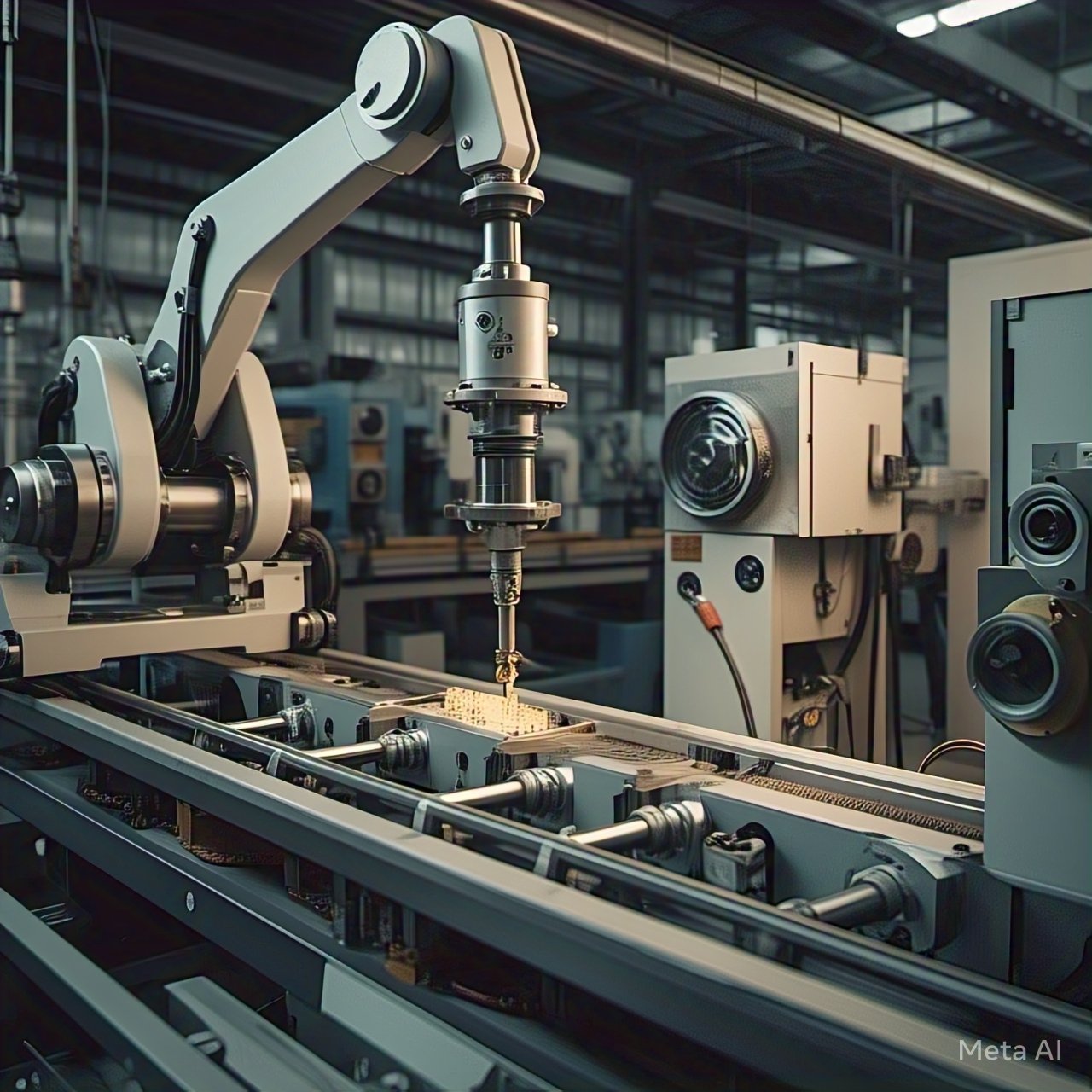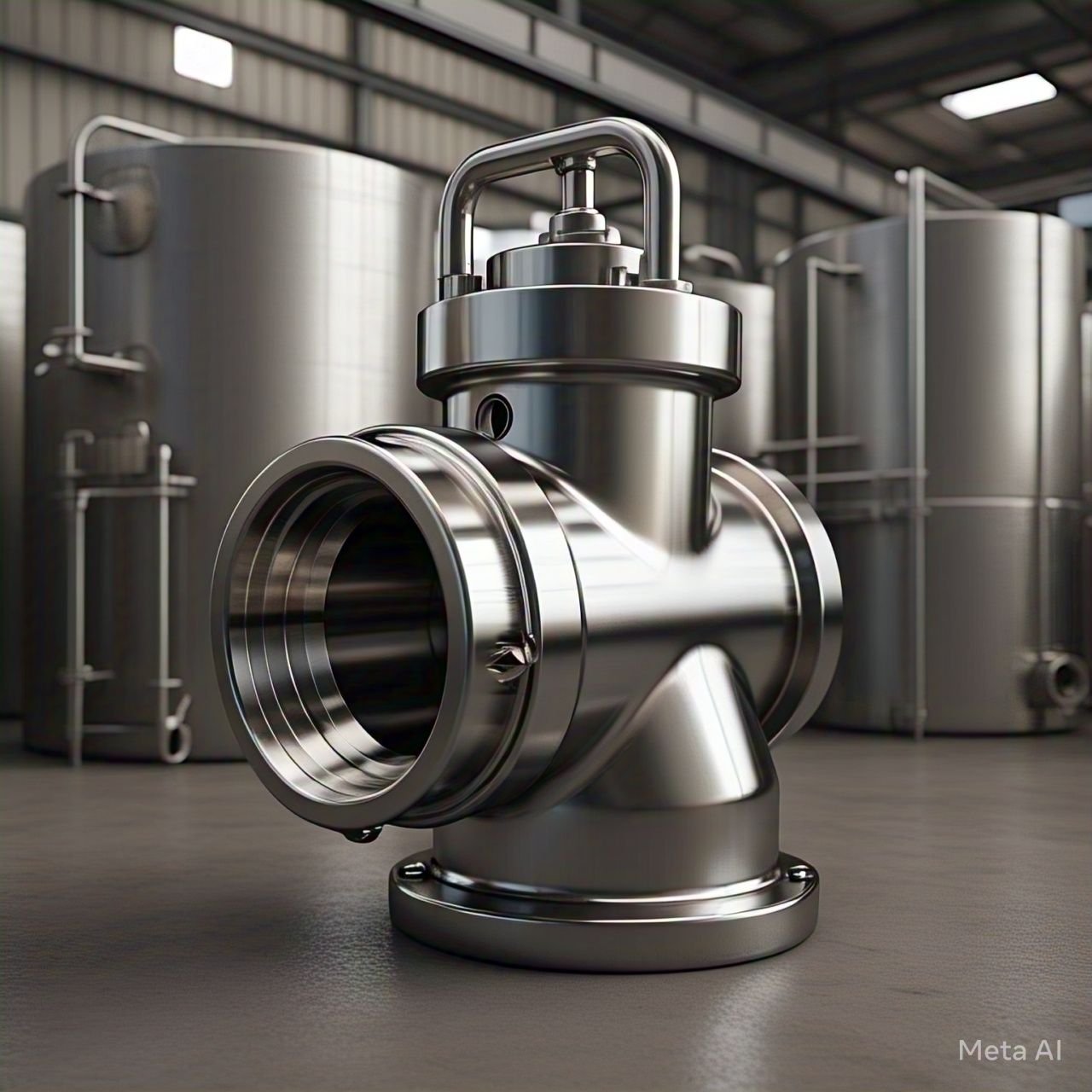This field of conducting business through the Internet has transformed traditional business as well as traditional shopping. Two main models common in this sector include wholesaling and retailing where each has its own style and customer demographic. Wholesale and retail are important concepts that must be explained for people who are focused on the establishment of their business enterprises or for those people who are in the process of selecting the modes of acquiring products. Thus, the purpose of this article is to discover the main distinctions between, as well as the benefits and weaknesses of, both wholesale and retail businesses with regard to e-commerce markets.
What is Wholesale?
Wholesale means the sale of goods in large quantities whereby the goods are bought by other merchants, retailers and usages at cheaper and lower prices for each commodity. Wholesalers on the other hand are middlemen between the manufacturer and the retailers.
Key Features of Wholesale E-commerce:
1. Bulk Sales: There exists a strong sales volume of products and ideas offered in the market.
2. Lower Prices: Wholesale products are cheaper than retail products, or they have lower price tags than retail products.
3. Business-to-Business (B2B): Indeed, wholesalers work mainly with other businesses as opposed to end user-sale.
Example: A wholesaler may provide a chain store with 1000 pieces of clothing, which the store may, in turn retail to individuals.
What is Retail?
Retail means the sale of products directly to the consumers but in limited quantity. Wholesalers and manufacturers sell their merchandise to retailers and the latter sell the merchandise to consumers at a higher price in order to make their profit, Click here.
Key Differences Between Wholesale and Retail
| Aspect | Wholesale | Retail |
| Target Audience | Businesses, retailers, distributors | End consumers |
| Quantity | Large volumes | Small quantities |
| Pricing | Lower per-unit price | Higher per-unit price (includes markup) |
| Profit Margins | Lower margin per item, higher volume | Higher margin per item, lower volume |
| Customer Relationship | Long-term partnerships with businesses | Short-term relationships with consumers |
Key Features of Retail E-commerce:
1. Smaller Quantities: Services come individually or in sets of one or a few.
2. Higher Prices: Retail costs cover a premium for the wholesaler costs.
3. Business-to-Consumer (B2C): Retailers target specific consumers in that every business location is concerned with a particular market segment.
Example: One might buy one shoe over the Internet for a retail business.
Benefits of Wholesaling for Electronic Commerce
1. High Volume Sales:
Bulk selling means that a wholesaler has to sell many products at once to its customers.
2. Lower Operating Costs:
Compared to other channels of distribution, costs associated with a large number of customers and orders are eliminated in wholesalers since they interact with a limited number of customers.
3. Steady Revenue Streams:
Retail and business contacts are long-term and generate guaranteed earnings.
• Depends on large quantities of capital to bring in large volumes of stock.• Small profit margins imply that every business organization has to strive to achieve and record high sales volumes.o purchase large inventories.
• Narrow profit margins mean success depends on high sales volume.
Opportunities of Retail in E-commerce
1. Higher Profit Margins:
Buyers can determine the price that they want to offer their products for, more often than not, they will be able to set a higher mark-up per item.
2. Direct Customer Engagement:
End consumers are another category of supermarket’s target audience with which retailers establish a bond that makes them loyal customers.
3. Flexibility in Product Offering:
It also means that retailers can optimally vary their offer of products in their stores in response to the needs of consumers.• More competitiveness in the e-commerce sector.• Customer relations, returns, and delivery take time and are likely to be expensive. Inventories.
• Narrow profit margins mean success depends on high sales volume.
Advantages of Retail in E-commerce
1. Higher Profit Margins:
Retailers can set their prices, often achieving higher margins on each product.
2. Direct Customer Engagement:
Retailers build relationships with end consumers, creating brand loyalty.
3. Flexibility in Product Offering:
Retailers can adjust their product mix based on consumer demand.
Challenges of Retail:
• Greater competition in the e-commerce space.
• Managing customer service, returns, and logistics can be time-consuming and costly.
Comparison between Wholesale and Retail
How You Can Choose Between the Two
For entrepreneurs considering whether to pursue a wholesale or retail model in e-commerce, here are some factors to consider:
1. Capital and Resources:
Wholesale entails large order quantities thus a huge investment in merchandise and transportation. Retail as a concept is much cheaper to start than wholesaling although it demands more advertisement and customer relations.
2. Market Focus:
Wholesale retailing is suitable for people who want to work with the dealers while retailing is appropriate for people who want to work directly with customers.
3. Profit Strategy:
Wholesaling may be more effective if you are interested in a high, steady flow of sales and revenue. If you desire to earn more per each sale, you might want to consider a retail strategy.
4. Scalability:
Wholesale tends to expand more rapidly owing to vast quantities whereas retail expansion is ampler because of a broad number of consumers.
Conclusion
Wholesale and retail businesses are rather important in the e-commerce environment. Wholesale is mostly selling its products in large quantities and dealing with large buyers with the goal of creating long-term relationships while on the other hand retail, is mostly concerned with sales to the end consumer, one customer at a time. It is essential to think about your goals, capacity, and target audience while selecting one model as all of them cover their advantages and disadvantages.











